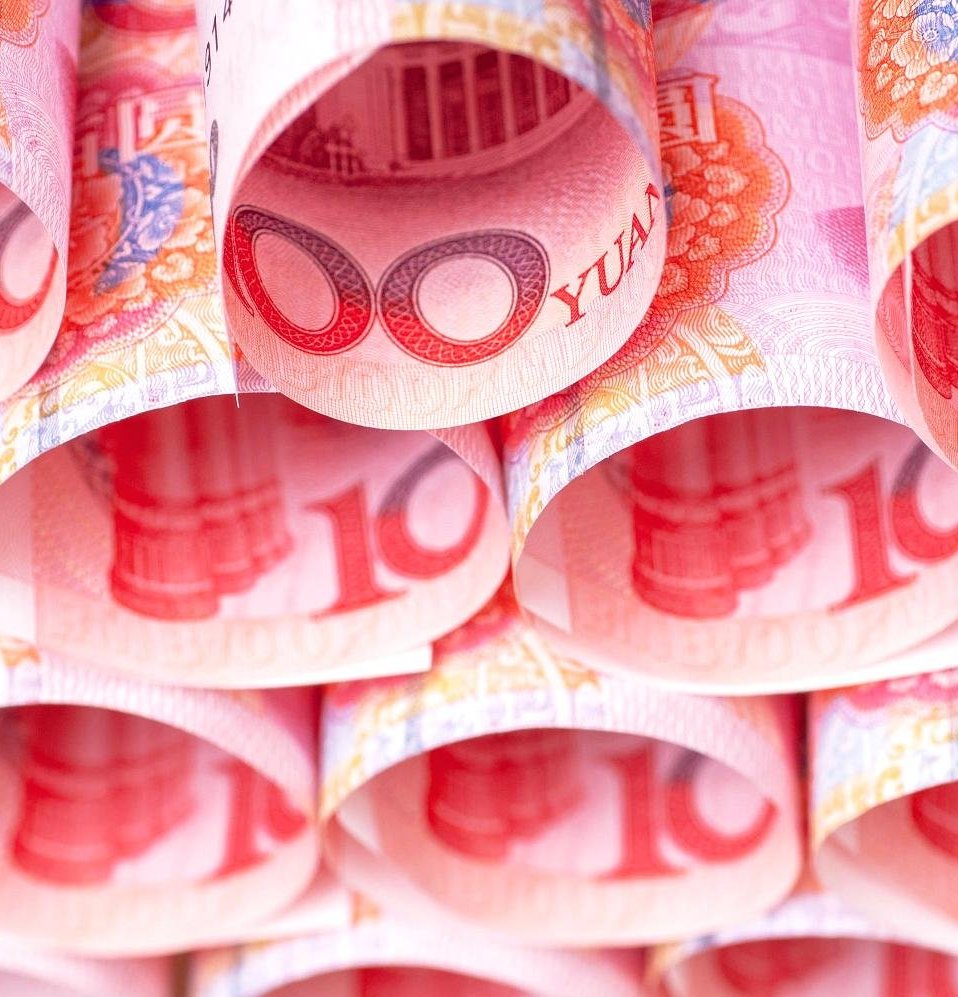China adds stimulus with $81 billion bank injection
China is injecting $81 billion into the nation’s largest banks, according to a government official familiar with the matter, signaling the deepest concern yet with the country’s economic slowdown. The People’s Bank of China (PBoC) will funnel the cash into the five biggest banks for a three-month period, said the official, who asked not to be identified because the measure hasn’t been formally announced. The credit expansion builds on targeted measures to shore up growth while stopping short of broad-based monetary and fiscal stimulus that increases dangers from bad loans. China joins the European Central Bank in adding liquidity, while the U.S. prepares to scale back stimulus. Analysts estimate the extension of funds through the standing lending facility is roughly equivalent to a half percentage-point cut in the reserve ratio, though such moves tend to have a larger impact.
This is like ‘printing money’ as base money is created.
Shen Jian-guang, Hong Kong-based chief Asia economist at Mizuho Securities Asia Ltd
The injection of funds underscored how the PBoC has yet to adopt the type of communication practices followed by its counterparts among the world’s largest economies. The ECB, Federal Reserve and Bank of Japan typically issue press releases for significant policy actions. The PBOC had resisted broad monetary-policy easing after first-quarter year-on-year economic growth slipped to 7.4 per cent. Instead, it used tools such as relending, rediscounting and pledged supplementary lending to direct credit to targeted industries or projects including low-income housing and agriculture and reduce their financing costs.
It shows China’s monetary policy is leaning toward easing, and the easing stance may last throughout next year. [The lack of an official announcement shows that the PBoC] doesn’t want to send a strong signal [of policy easing].
Hua Changchun, a China economist at Nomura Holdings Inc. in Hong Kong

Business china stimulus